Identity and Customary Governance in Tharu Community (A Research Paper)
Chaudhary Kanailal, (Josai International University Japan, PhD)
The Government of Nepal, in its’ Preamble in the constitution 2015 has said the ending of all forms of discrimination and oppression created by the feudalistic, autocratic and centralized unitary system of governance by protecting and promoting social and cultural solidarity, tolerance and harmony, unity in diversity by recognizing the multi-ethnic, multi-lingual, multi-religious, multi-cultural and diverse regional characteristics, resolving to build an egalitarian society funded on the proportional inclusive and participatory principles in order to ensure economic equality, prosperity and social justice by eliminating discrimination based on caste, region, language, religion and gender.
The constitution has paved the way of socialism based on democratic norms and values including the people’s competitive multiparty federal democratic system of governance. Thus the constitution of Nepal has given legal right to protect the social and cultural identities and customs of people in Nepal. More than 125 ethnic people in Nepal are practicing their customs in different ways where Tharu is one of the largest communities with their own Identity. The social, cultural, economic and political phenomena that Tharu adopt are unique in nature that’s why the government should make some policies to promote these kinds of traditional customs to make the sense of Unity in Diversity.
Many countries like America, Canada, and New Zealand have already implemented the customary law in their governance system. United Nations General Assembly has declared the “United Nations Declaration of Rights of Indigenous People” on September 13, 2007 which is one of the great achievements in the field of human rights for indigenous leaders. The Customary International Law, United Nations Declaration of Rights of Indigenous People and the ILO act 169 are the mechanism for legal recognition and protection of customary laws of indigenous people in the world.
The UNDRIP article 18 establishes that “Indigenous have the right to participate in decision making in matters which would affect their rights through representatives chosen by themselves accordance with their own procedures, as well as to maintain and develop their own indigenous decision making institutions.” Similarly the juridical Rights of Indigenous people have the right to maintain and strengthen their juridical systems, including their legislative, judicial, penal and procedural systems involving their traditional and other customs and practices. This should include the rights to maintain traditional courts and other arbitral or dispute resolution bodies and mechanisms. Thus the international Customary Law has the mandate to ensure the state to take account for practice and promote the customary law and governance systems where appropriate.
 1. Historical Background
1. Historical Background
Tharus are one of the oldest ethnic groups in Nepal who are entitled with the beautiful phrase “The son of the Land”. They first cultivated the land of Tarai and until the eradication of Malaria, Tharus were the land lord of Terai region (Singh Subodhkumar, 2015:2). Tharus are the fourth largest caste in terms of population. They are spread from east Mechi to Mahakali in the west and now they are dwelling in more than 23 districts in Nepal. According to the national Census 2011, the total population of Tharu is 17, 37,470 and this is the fourth largest ethnic group after Chhetri, Brahman and Magar. This is the data recorded by the Government of Nepal but the real number of Tharu in Nepal is more than 2.5 million.
According to different renowned historians and anthropologists through their research have reached in the conclusion that Tharus are the remnants of the Buddha tribe. Mr. Brayan Hodgson in his book “Essays on the Language, Literature, and religion of Nepal Tibet: Geography, Ethnology and commerce on those Countries” has mentioned Tharus as the people with immunity power to prevent malaria. Through the DNA test of blood it has been proved that to acquire immunity power to prevent malaria one has to stay at malarial place at least 3 thousand years. Therefore Tharus have must lived in the present habitat more than 3 thousand years.
Late Ramanand Prasad Singh, Ex-Attorney General of Government of Nepal and one of the constitution draft member of Nepal in 1990, has said in his press conference in Patna, India on 17 May 1988 on the topic of “Real History of the Tharus”:- The father of Buddha was not a mighty king but only a great land lord and was the elected leader of his people who leaved in the land cleared of mighty Sakkhuwa trees. Sakkhuwa was their national tree and from the name Sakya drives. It means mighty and able to do some especial task. Therefore he claims that Buddha and Tharu is the same clan. Similarly Learned Pargitar in his book “Historical tradition of India” if there be any remnants of Buddha, it is the Tharu.
The previous Land Reform and Management minister of Nepal, Dr. Gopal Dahit has received PhD from Lumbini Buddhist University. Dr. Dahit in his thesis proved that Buddha was from Tharu Community. Therefore the identity is connected with Lord Buddha. Tharus are simple and honest. Before the unification of Nepal, Tharus were the land lord and until the eradication of malaria and small pox, Tharus were the owner of their own land in Terai region of Nepal. But after the eradication of malaria the migration of people from mountain and Himalayas and even from the other countries, most of the honest Tharus were cheated and lost their land for ever. Therefore there are still more than 116,309(one hundred and eleven thousands) free bonded labor in the Nepal (Durga Prasad Bhatta: Kamaiya Liberation Movement in Nepal).
Until 1920 Terai was under the control of Tharu community. Each and every social, political and economic activity along with the village and area administration were conducted by Tharu Leaders called “Matawa in Dang, Barghar in Bardia and Bhalmansa in Kailali” and these leaders were assisted by their assistants. Moreover if we go through the medieval political history of Tharu community, we can find different evidences of their traditional governance and customary laws. From the medieval period to 14th century Dang district was ruled by Tharu Kings and Dangisharan was the most famous and mighty among them (Chaudhary Mahesh: The Terai of Nepal and It’s Sons). Tharu writer and professor Chaudhary in his book “Nepal ko Terai Tatha Yeska Bhumiputraharu”(The Terai of Nepal and it’s Sons) has described about some famous leaders and kings like Janak, Dangisharan. Actually these leaders were selected by their community as their guardians but their governance skill, responsibility and accountability to take care of their people established them as the father of their community. Therefore they became famous and their names are still remained as history in Nepal and even in India.
2. The identity of Tharu
The main occupation of Tharu is agriculture therefore they are nature friendly. They are always in close relation with Jal, Jungle and jamin (water, jungle and land). In above paragraph, it has been already mentioned that Tharus are known as the son of land in Nepal. They are honest and hard worker. The history says Tharus are the only one caste who fed the government and people of Nepal by producing plenty of crops in Terai of Nepal (The kings of Nepal and The Tharus of Terai). Tharus were used to collect tax and foods to run the government. The history shows that sometimes there used to be long drought and people of north state of India and Nepal had to face starve death but Tharus never suffered for starve death because they used to live near by the jungle or the river so that they could use the water from stream or rivers for irrigation, drinking and feed to their cattle. Tharus are seasonal food lovers; they collect sea food from stream, rivers and natural vegetables from jungle. Therefore they have strong immunity power to protect themselves from different diseases.
Tharus have their own language, own dress and they have their own system of administration to conduct their community. Recently the family system is being changed however there used to be joint family in Tharu community. Sometimes there used to be more than ten or twenty members in a single family. I have an experience of living together with more than twenty five members in a single house. To run the family there is a Gardhuriya who has authority to decide all the economic, social and political activities. He is the head of the house and he has every responsibility to run the family smoothly.
Tharus generally use to live together, their houses are adjacent to each other. Their social bond is very strong with each other. Their own system for conducting their community that is called Matawa in Dang, Barghar in Bardiya and Bhalmansa in Kailali. These are the leaders of the community and they are selected democratically in Khyala(a kind of assembly that is held in each new year called Maghi). Here Maghi is the new year of Tharu Calendar that generally falls on 15 January of each year.
Here Matawa, barghar or Bhalmansa are considered as leaders of the village because they have all the power to administer the village like management and control of irrigation system, construction of roads and streets in their territory, judgment and punishment of crime cases so and so forth. In some places they are called as Kakandar and Chaudharya. These leaders are assisted by many other assistants like Deshbandhya, Guruwa, kesauka and Chirakya. There is one more messenger and watch man for certain territory and he is called Chaukidar.
3. Matawa as a traditional governance system in Tharu community
The vast cultural diversities across the country differs their traditional activities. According to the caste and ethnicity their customary governance system may differ. But I being from Tharu community and my grandfather and father were selected as Matawa and they practiced the traditional system of governance for many years, this helped me to understand the historical and traditional phenomena of Matawa system. According to the place Matawa is recognized by different names like in Bardiya district it is called Barghar, in kailali it is called Bhalmansa, in Deukhari it is called Kakandar. In some places people also call Chaudhary. Whatever might be the name but the working process is the same. Matawa is a scientific and democratic traditional governance system in Tharu community.
The most important factors of this governance system are public assemblies called Khyala and Kachehri. Khyala and kachehri are both integrated into the very structure of typical Tharu village. Actually Khyala is a kind of meeting where each member from each household take part in the assembly for the overall discussion of the society related to plan, development, strategy, rules and regulations. And Kachehri is a kind of meeting to discuss about the judging and punishment.
3.1 Khyala as a core system of Customary Governance in Tharu community
The traditional Khyala System of Tharu community can be compared as the village or municipal assembly system of local governance. The task done by the local governance is similar to the task done by Matawa System in Nepal. Khyala is conducted in every New Year of Tharu calendar that generally occurs around January 15, on the first day of Nepali Month of Maghi. In this New Year Gardhuriya (the head of the house hold) from each household take part in the Maghi Dewani. Each and every house has to send the participant in that assembly otherwise they have to pay some penalty decided by the assembly members. There they discuss about the new leader and the new leader is democratically selected. Most of the time Matawa is selected by mutual consensus of all members and sometimes they have to conduct an election if the opponent desires to be the leader of the system.
In khayala system the members select the Matawa and discuss about the general rules and regulation of the social and economic activities, they make New Year plans. In the Khyala the participants discuss about irrigation, road construction, dam and cannel construction not only this they also finalize about the marriage program of daughter and son’s of the assembly members. They also discuss about the family members who are going to separate in the very year. Because in Tharu community they live in the joint family, therefore sometimes there are more than forty or fifty members in a single house. Actually Tharus are the communal people therefore they love to work together therefore if someone is going to make new house they all assist by providing labor without cost. But now the trend has been changed and single family system has become more prevalent.
3.2 Kachehri System(Traditional court system) in Tharu Community
Kachehri is a kind of assembly which is generally held to discuss about public law and to discuss about the crime and punishment related issue. If someone does mistake in the village or in the area, they don’t bring him to the court. They call Kachehri and discuss among themselves and find out the solution by giving suitable punishment. The punishment is hard or soft that is determined by the mistake that the culprit has made. But there is no death penalty in this system. Khyala system is more effective than police and court because the punishment system is much more scientific and judgmental. The members of the meeting are familiar with the situation and they can see and observe the case by themselves therefore it becomes easier to judge the case in the village.
4. The components of Matawa System
Matawa is assisted by his assistants and they are Deshbandhya Guruwa, Gueuwa, Kesauka, Chirakya and Chaukidar. These entire persons are responsible for the management, control and protection of their communities from different problems. Deshbandhya is the the Guruwa who has especial spiritual power to protect the area. According to Matawa of Narayanpur Village development committee ward number 8, Mr. Gajalal Chaudhary, Dang was traditionally divided into four regions in Praganna system and they were called Aglapath, Pachalapath, Sawari kot, Chillikot but these areas are no more exist in the political map of the government of Nepal. Because the government of Nepal doesn’t give recognition to these traditional system of geographical demarcation.
Deshbandhya Guruwa is responsible to protect the area from different natural calamities, disaster and diseases. Similarly Guruwa is responsible to protect the village from different problems. It may be related to health problem, diseases related to the crops, protection of domestic animals. The Guruwa has Ayurvedic knowledge therefore he has deep knowledge about the herbal medicines. With the help of this knowledge the Guruwa cures the sick person and domestic animals.
There are also Guruwas to take care about the particular households of the community. He performs about the ritual and religious activities in the community. He is responsible to do all the traditional activities during birth, marriage and death ceremony. Gharguruwa has vital role at the time of replacing old deity with new deity. This is generally done after the death of one generation and start of other generation. The other one more Guruwa is called Dharharya Guruwa who is responsible to deal with sexual and maternal problems. In Tharu language we may call it Murgi Lausarna. These guruwas are respectable in the society because they have more or less spiritual knowledge and the most effective work of those guruwas are the knowledge related to Ayurveda and herbal medicine. The therapy system of the guruwa is very cheap and service oriented.
In Dang District, Chirakkya is known as Assistant Matawa and Kesauka is known as Assistant Guruwa who do the performance of Matawa and Guruwa in the village or community. These all the personnel get some respect and some minimal salary per year. The salary differs from place to place. Generally they get five kg of paddy from each household in average and along with this salary they get some labor assistance which is called Bighatti.
In each Matawa system there is a Chaukidar. The task of Chaukidar is to watch the area of the village and crops of the members in the village. He also conveys the message of Matawa to each Gardhuriya. When Matawa realizes to conduct a Khyala then he calls a meeting and for that he sends message to each Gardhuriya through Chaukidar.
Originally Matawa was almost like a king to the village or certain community that worked only to the village people or certain Praganna. At present however in some places Khyala Committees are in Rural Municipality level as well. Where there are existing khyala committees they can sometimes work to evaluate government offices, health posts, schools and other related concerns.
5. The legal provision for recognition of Matawa System in Nepal
In the preliminary of the constitution of Nepal 2015, in article number 3, all the Nepalese people with multiethnic, multilingual, multicultural characteristics with geographical diversities having common aspirations and being united by a bond of allegiance is called the Nation. Therefore all the ethnic people who have common sentiment to develop the country comprise the nation. According to the constitution of Nepal, the aggregate form of different people and their traditional culture and customary activities constitute the Nation.
In part 4 directive principals, policies and obligations of the state, in article number 51, clause (a) sub-clause (2) the policy of state is to promote the National Unity the nation will maintain the mutual harmony, cohesion and solidarity between various castes, tribes, religions, languages, cultures and communities. Similarly in clause (b) cub-clause (3) the policy and the governance system of Nepal are to implement international treaties, agreements to which Nepal is a party. Here one of the most notable facts is that Nepal has signed in the International Labor Organization convention (1989) and ILO Act 169.
– The ILO Act 169 article number 2 clause (b) has clearly addressed the social, economic and cultural rights of indigenous people with respect for their social and cultural Identity, their customs and traditional institutions. And Nepal has signed in this ILO Act 169 therefore the Tharu Leaders are trying to receive legal reorganization from the government.
– The ILO convention 1989 Act 169 article number 5 can be taken as more stronger right in behalf of indigenous people in the world and therefore for the Matawa System of Tharu community too. Article number 5 can be used by the indigenous people to apply in their institution in the way :
– (a) The social, cultural, religious and spiritual values and practices of those people shall be recognized and protected and due account shall be taken of the nature of the problems which face them both as groups.
– (b) The integrity of the values, practice and institutions of these people shall be protected.
Similarly in article number 7 too there are lots of strong provisions in favor of these indigenous people’s traditional customs and their right to preserve and protect their rights.
Now in western and far western development region the Matawa leaders are united to give pressure to the government for the legal recognition of their khyala system similar to the local governance says the central chairperson of Matawa Sammelan.
Referenses:-
1. Bista, Dorbahadur. Fatalism and Development: Nepal`s Struggle for Modernization. Orient Long Man. Calcutta: India, 1991.
2. Brayan Hodgson. “Essays on the Language, Literature, and religion of Nepal Tibet: Geography, Ethnology and commerce on those Countries”.
3. Butler, Judit. Gender Trouble: Feminism and The Subversion of Identity. Routledge Chapman. New York, 1990.
4. Cerena, M.M. Putting People First: Social Variable in Rural Development: Oxford University Press. USA, 1985.
5. Chaydhary, Mahesh. “Nepal ko Tarai tatha Yeska Bhumi Putraharu”. Hidal Press Pvt., 2007, Kathmandu.
6. Lawati, Mahendra. Contentious Politics and Democratization in Nepal. Sage Publication. New Delhi, 2007.
7. The Government of Nepal. The Constitution of Nepal 2015. Law Book Management Board. Kathmandu, 2016.
8. Gisele Krauskopff and Pamela Deuel M. “The Kings of Nepal and The Tharus of Terai”. Center for Nepal and Asian Studies, Nepal, 2001.
9. Singh Subodh K. “The Great Sons of Tharus: Shakyamuni Buddha and Emperor Ashoka”. New Nepal Press, 2013, Kathmandu.
10. Singh, Ramananda P. “The real history of Tharu”. A conference paper presented by ex-attorney general of Nepal, May 1988.
11. “International Labor Organization Act 169”. Geneva Convention 1989.
12. Kunz, Josef L. “The Nature of Customary International Law”. The American Journal of International Law, October 1953: 662-669.
14. https://www.jurist.org: 2007/10. Accessed date, Dec 8, 2018.
15. United nations Declaration on the Rights of Indigenous Peoples. United Nations, 2008.
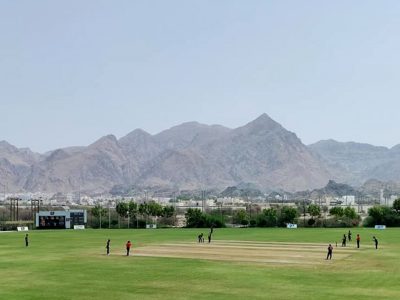


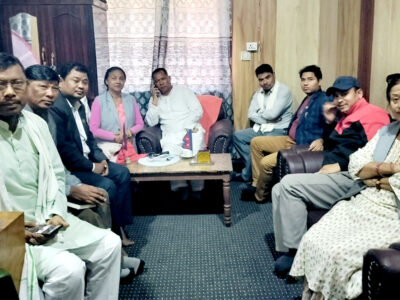






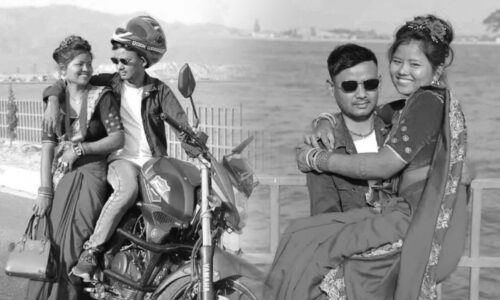

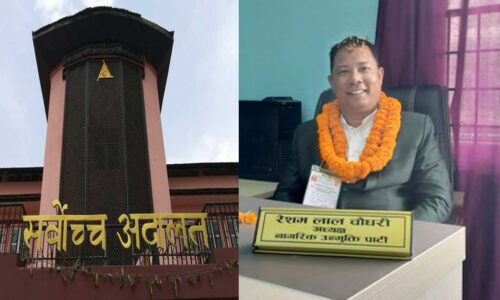
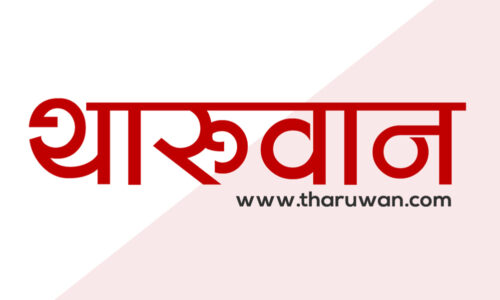


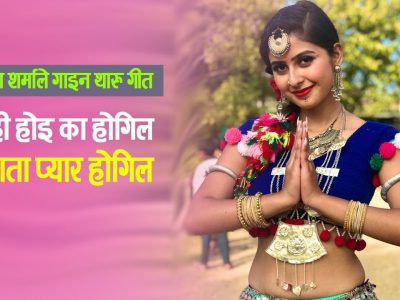
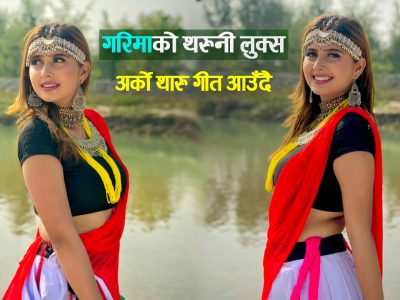
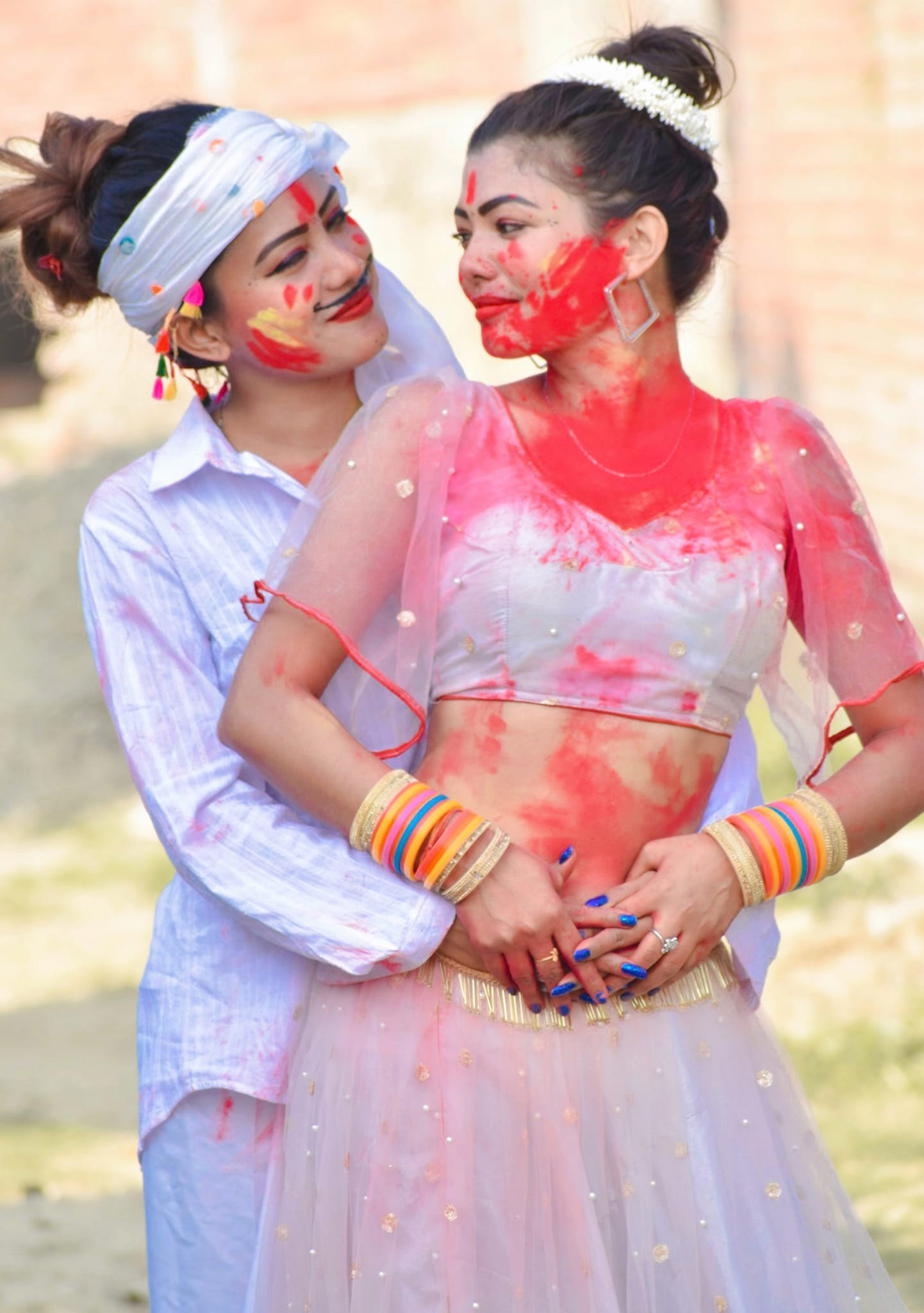



Facebook Comment